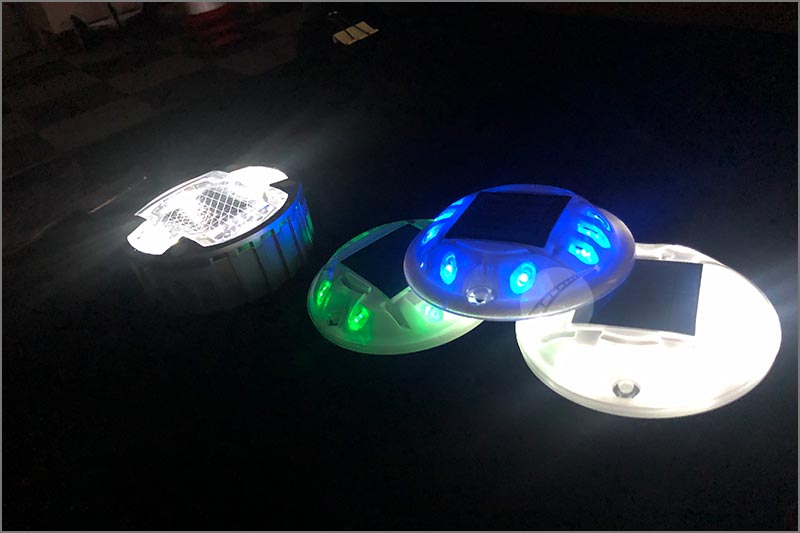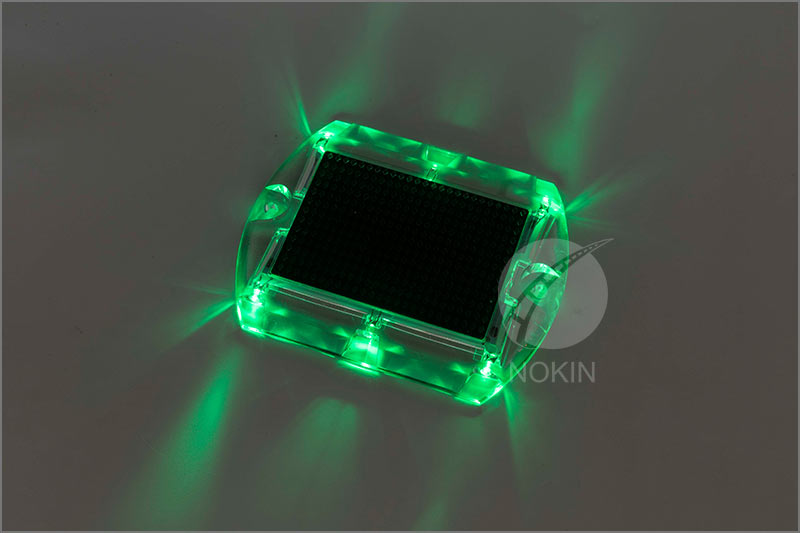A raised solar road stud is an environmentally safe road delineation treatment visible from up to 1 kilometer away. The units require little to no maintenance and generate no on-going operational costs. The Miracle technology is reliably used to delineate areas suffering poor visibility, pre-warn motorists of impending traffic calming treatments such as traffic islands; roundabouts, and speed humps, or to delineate cycle and walking, paths, boat ramps, and airport taxiways and aprons. But solar road studs also have other applications.

Solar road studs are installed by five cities in Europe as traffic sensors. Smart solar road stud is part of an effort to understand more about traffic flow. And around 1,500 solar road stud sensors are planned to be installed in Madrid in Spain, Dublin in Ireland, Cardiff in Wales, Ljubljana in Slovenia, and Leuven in Belgium.
The solar road stud sensors will be installed at crossing roads with clear views of the street and will count the number of passing objects. The technology will categorize the passerby into either a vehicle, pedestrian, or cyclist based on its speed and size with solar road studs. This project, titled Citizens Observing Urban Transport (WeCount), is part of Horizon 2020, a European Commission-funded research project. WeCount commenced in December 2019 and will be carried out for two years.

Professor Enda Hayes, who is carrying out the survey, said: “Our data of solar road stud will be uploaded to the Cloud so it can be seen by anyone, be that private citizen, the local council or NGOs. “The evidence collected by solar road stud can be used in a number of initiatives relating to things like speed, noise, air pollution, safety, and active travel.”